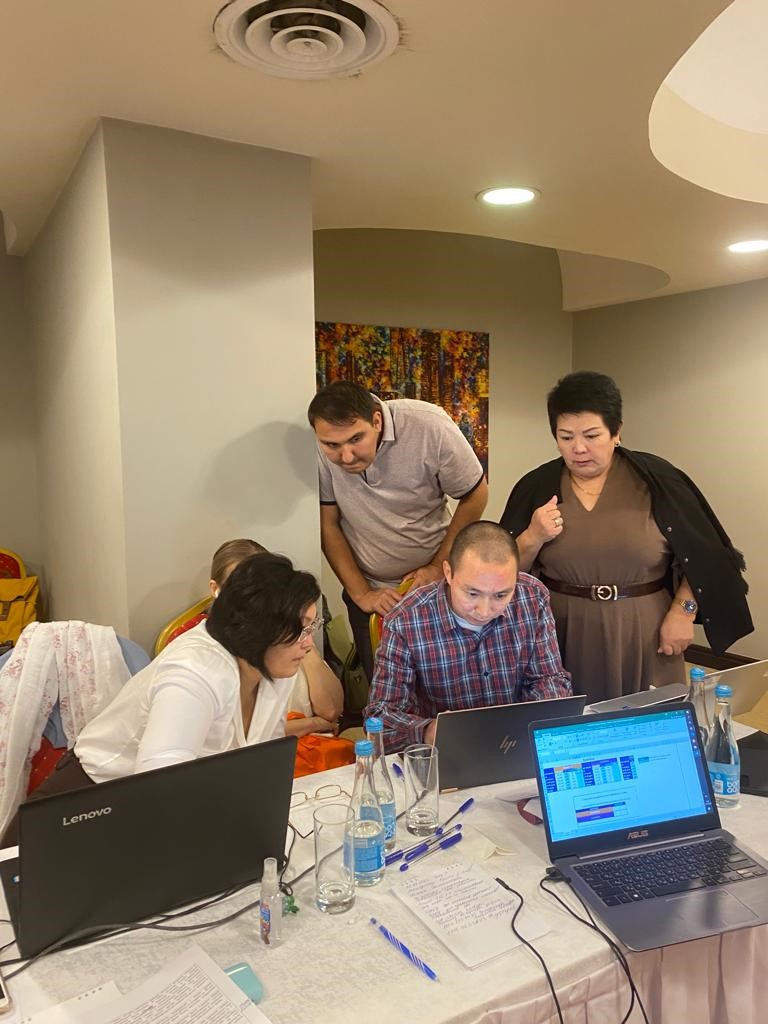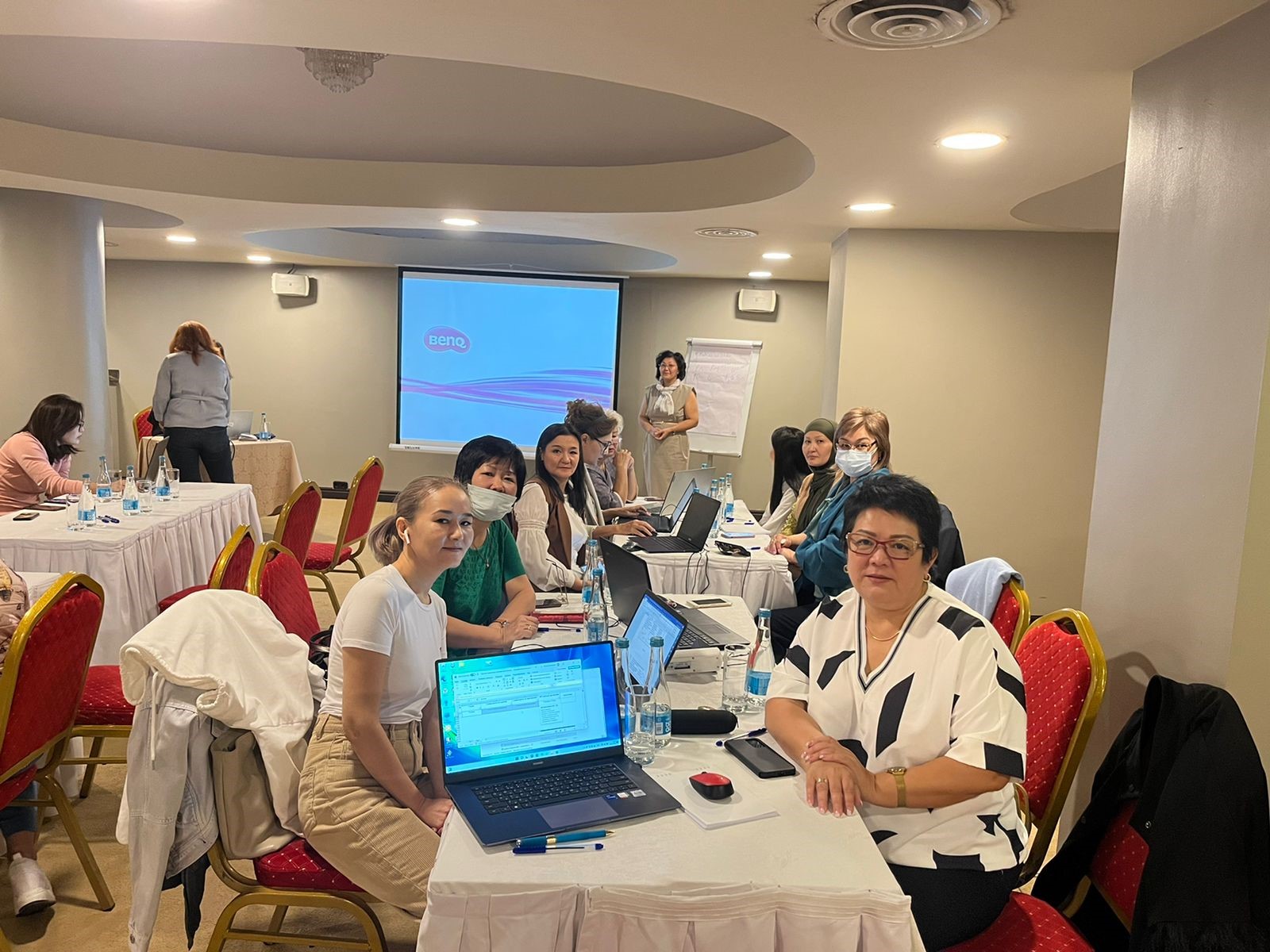About indicators of the effectiveness of the healthcare system

From September 12 to 17, 2022, the 2-st training seminar was held in Almaty, out of the planned 3, on methods of measuring the effectiveness of healthcare systems (HS) within the framework of the project “Technologies for evaluating the effectiveness and impact analysis of health systems. Comparative analysis at the international level”.
The purpose of the event is to disseminate approaches to assessing the effectiveness of SPH among healthcare professionals and their involvement in this project. Gulzat Sarsenbayeva and Dauren Mizamov (Department of Social Health Insurance and Public Health) represented JSC “SKMA”.

The second stage involved familiarity with the indicators for evaluating the effectiveness of the HS. Project coordinators Lyazzat Kosherbayeva, Aizhan Samambayeva and Yolanda Pena-Boquete suggest moving away from the use of traditional indicators, such as life expectancy, total and maternal mortality, and pay attention to indicators of curable and preventable mortality. At the same time, there was a lively discussion about the interpretation and application of these terms in Kazakhstan and the world.

Using cluster analysis, the project participants showed by examples how the HS of different countries of the world are similar/different in these indicators. Public health experts also remind that for a correct comparison the HS by intensive indicators, first you need to standardize these indicators.
Using the input-output matrix, we examined the mutual influence of different sectors of the country's economy. For example, if Kazakhstan's health sector hypothetically disappeared, the annual loss to the economy would be 23%, and this figure would only increase in subsequent years...
The next final stage of the workshop will take place in April 2023 and will look in more detail at how to assess the contribution of the HS to the national economy and the importance of the elements/factors within the HS as a whole for the country and for individual regions.
 894 views
894 views
